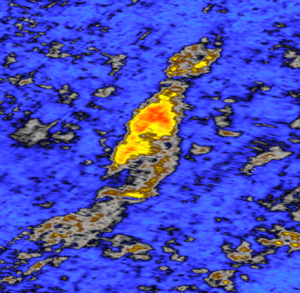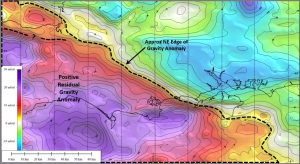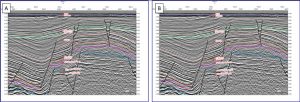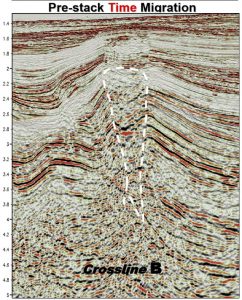Rock Physics for CCS Workflows: Uses and Pitfalls
Rock physics models allow us to characterise rock properties, and, when correctly applied, to de-risk amplitude driven hydrocarbon prospects. Many workers are now bringing rock physics methods to CCS challenges, but what questions can it answer and what limitations do we need to be aware of? Continue reading Eleanor Oldham’s latest blog post to find out.






